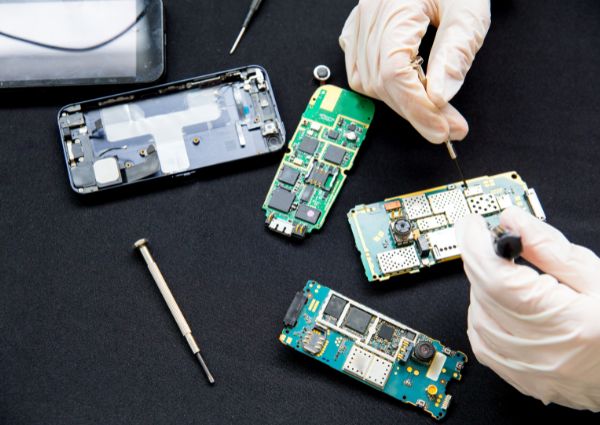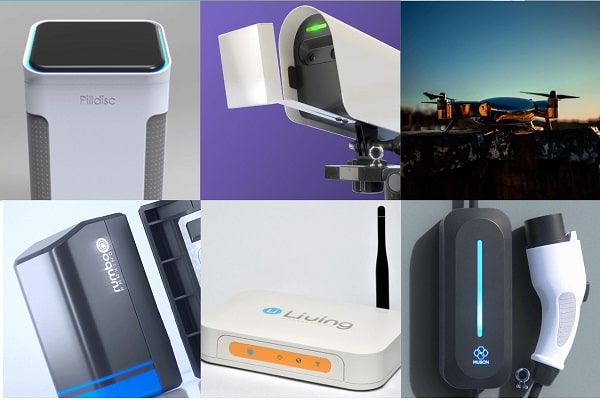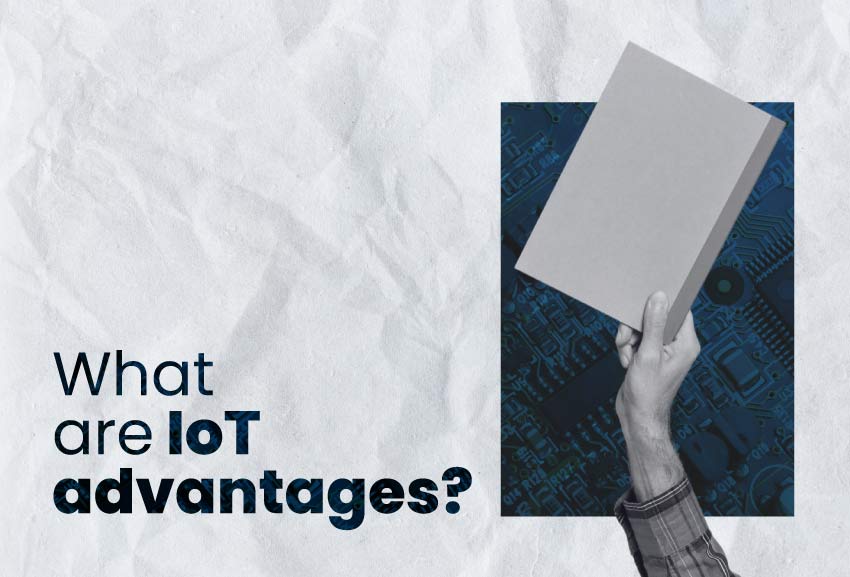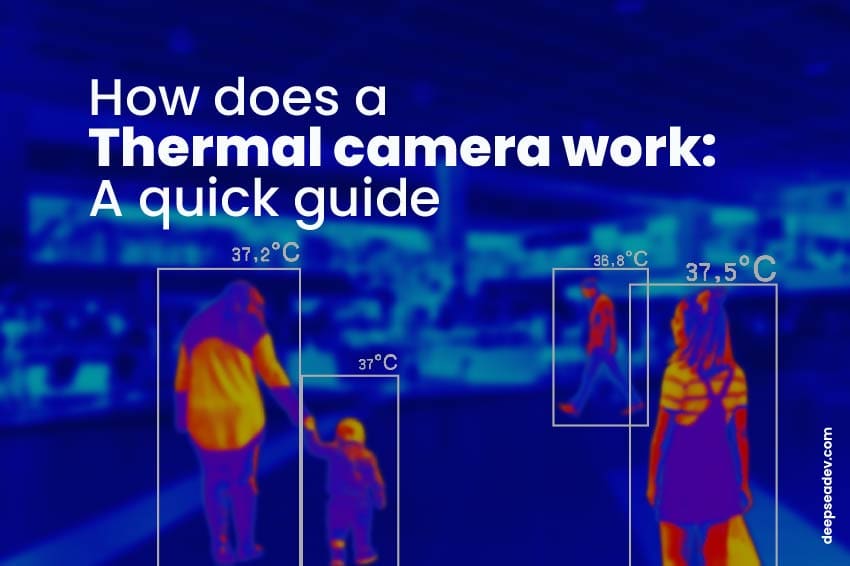Find out in this article why IoT projects fail. We will explore some of the most popular mistakes that companies make when trying to launch a new IoT device or project.
Why do IoT projects fail?
Before diving into the specific reasons for failed IoT projects, it’s essential to understand why IoT projects have a higher rate of failure compared to other tech initiatives. IoT projects often encompass hardware, software, and cloud-based components, which inherently increases complexity.
Moreover, they involve multiple stakeholders, including device manufacturers, software developers, cloud providers, and end-users. With such intricacy and a diverse set of actors, it’s no surprise that IoT projects can be particularly challenging to execute successfully. Here are some of the primary reasons why IoT projects fail:
Lack of clear objectives and strategy
One of the most common mistakes companies make is embarking on an IoT project without a well-defined objective and strategy. It’s not enough to be captivated by the allure of IoT technology; you must have a clear understanding of how it will benefit your business and your customers (see speed to market).
A lack of defined goals can lead to failed efforts and wasted resources. The recommendation here is to check IoT use cases. Analyze where your product or device fits, and start working from there.
Also, check the following information to enrich your investigation and define a better goal and strategy:
Poor device design and quality (big reason for IoT project fail)

The success of an IoT project is closely tied to the quality and design of the devices themselves. Inadequate hardware design, poor manufacturing or unreliable components can result in frequent device failures, leading to dissatisfaction among users.
We highly recommend you take care of the following aspects:
- Get a custom PCB.
- Get a great team for IoT programming
- Get good chips (ESP32 explained)
- Pay special attention to prototyping in IoT
The prototyping phase is crucial for ensuring your product meets the minimum requirements to make it work and to comply with the needs of the potential customers.
Insufficient planning and budgeting
Another reason why projects fail can be resource-intensive, requiring significant investments in hardware, software development, and ongoing maintenance.
Startups and companies often underestimate the costs involved and fail to allocate adequate budgets. This can result in delayed project timelines, incomplete implementations, or even project abandonment.
Here it is necessary to think about the potential for scaling IoT projects, and product crowdfunding. The first will determine how expensive your project will be in terms of growth (networks, security, architecture) and adoption. And the second is a crucial step for ensuring you get the necessary resources from the beginning of the project, and for the proper steps of the development process.
Ignoring user experience

IoT devices are meant to enhance user experiences, but many companies focus solely on the technical aspects and neglect the end-user experience. An IoT solution that is difficult to use or doesn’t fulfill its promises will likely lead to project failure; in other words, it won’t attract technology early adopters.
In this case, it is necessary to carry out several tests with potential customers to get useful insights and feedback from them. This way, you will confirm if your project aligns with the necessities of the market and how innovative (see innovation in IoT) are the features you are offering.
Inadequate security measures
Security is a paramount concern in IoT, as these devices often handle sensitive data. Failure to implement robust security measures can lead to IoT vulnerabilities, and therefore, data breaches; which not only damage a company’s reputation but also expose them to legal and financial liabilities.
There are also some protocols that need to be properly implemented to ensure the stability and security of the IoT device. Here is a video that shows the most used IoT protocols:
Integration challenges

Internet of Things devices must have the capacity to connect to the cloud, platforms, and other devices (when necessary). IoT projects often require the integration of various components, from hardware and sensors to software and cloud services.
If you don’t want an IoT project to fail, it is necessary to plan and execute the different integrations, and thus, avoid interoperability issues or system breakdowns.
An IoT product that is very hard to connect or integrate to other platforms won’t be user friendly, and people would prefer to purchase directly from companies that allow better connectivity of their IoT devices.
IoT failure examples
If after all this information you still wonder why businesses fail, you can read the following examples to understand better the consequences of a bad IoT project; whether it is caused by a bad design, or a bad management of the product.
A bad product design affects its performance
A poorly designed IoT device may suffer hardware failures or potential damages of the product (see rapid prototyping).
For instance, if the PCB or firmware of the product is not properly built, there will be performance issues during the normal use of the device. This poor design will increase the complaints of your customers, and you will have to work a lot in customer service and technical support to solve the problems.
IoT failures in this case may be loss of information, non accurate data collecting, battery problems, or data security issues.
Lack of long-term support
Many companies start with a great device and they work hard to sell it in several markets. However, they don’t plan ahead and think about the necessary updates the device will need in the long-term.
Nowadays, it is hard to see a piece of hardware that doesn’t receive updates or changes each year. Even if your product doesn’t have a lot of space for IoT updates, you need to consider the potential upgrades you could add over time.
Users also appreciate the fact companies add new features to keep the device functional and adaptable to other products.
There have been many companies that launch an Internet of Things product, but after 1 or 2 years they stop offering technical support or updates (software or firmware). This is a big mistake and leads to failed IoT projects, since the company loses credibility, and users wouldn’t want to buy from them again.
Partner with DeepSea Developments for IoT success

If you’re considering starting an IoT project (see example of prototype) or need help rescuing a failing one, partnering with experts like DeepSea Developments can make a great difference.
Our team specializes in hardware development service, and we can assist you in refining your strategy, improving device design, ensuring security, and optimizing your project for success.
Contact us today to explore how we can help you achieve a thriving IoT project. Your IoT vision can become a reality with the right guidance and expertise.







